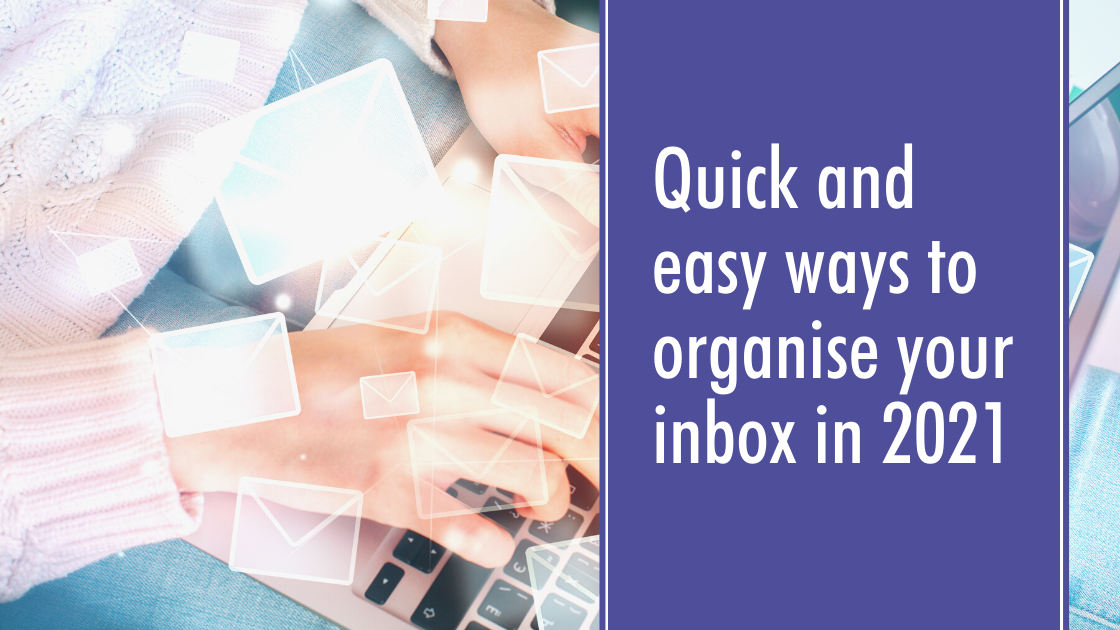It’s the first thing we look at in the morning and most of us dip in and out of our inbox throughout the day. An overfull, disorganised inbox can create feelings of overwhelm more quickly than almost any other area of a small business and the time wasted trying to find past emails is immense – you can waste up to half an hour each day re-reading old emails while trying to find the one you’re looking for.
Luckily there are some very simple, quick fixes that can help you to break your old email habits and create a beautiful, streamlined inbox (and get you back all that lost time).
As soon as an email has been dealt with, file it! There is no point setting up folders if you don’t then go on to use them. Keep that inbox tidy and you’re less likely to feel overwhelmed and waste time.
Colour-code emails – you can use Categories in Outlook and Stars in Gmail (via the Settings tab) to categorise your emails. This could be by project, client, or level of urgency. Be careful not to over-complicate it. I manage a client’s Gmail inbox with just 2 coloured stars – one for ‘action needed’ and one for ‘awaiting reply’. I can see at a glance exactly what needs to be done or whether I need to chase for a response. Flagging emails in Outlook is popular but I’d recommend only doing this for urgent tasks – categories are a much better way to see clearly what needs doing.
Set times each day to check your emails. Don’t just dip in and out of your inbox at random. Setting a limited period makes you more focussed and more likely to stick to your new system. Respond to anything that will take less than a minute immediately and then file or delete the email.
Turn off notifications – those pop-ups that appear when you’re in the middle of another task are so distracting and it’s tempting to check the email there and then. Before you know it, you’ve lost 20 minutes.
Once a month review the newsletters and promotional emails you receive. Are they useful? Are you even reading them? If the answer is no, then unsubscribe.
Similarly are you receiving group emails that no longer apply? Contact the sender and ask them to remove you from the distribution list so you’ve got one less distraction in your inbox.
It takes most people a minimum of 3 weeks to form a new habit and usually up to 2 months so don’t feel disheartened if your inbox still feels disorganised after the first few days. If all the above feels like too much hard work, or you’re still not getting the hang of it by Valentine’s Day then why not consider outsourcing? I can get your inbox shipshape in no time and ensure it stays that way going forward. Get in touch to book a discovery call.


 RSS Feed
RSS Feed



